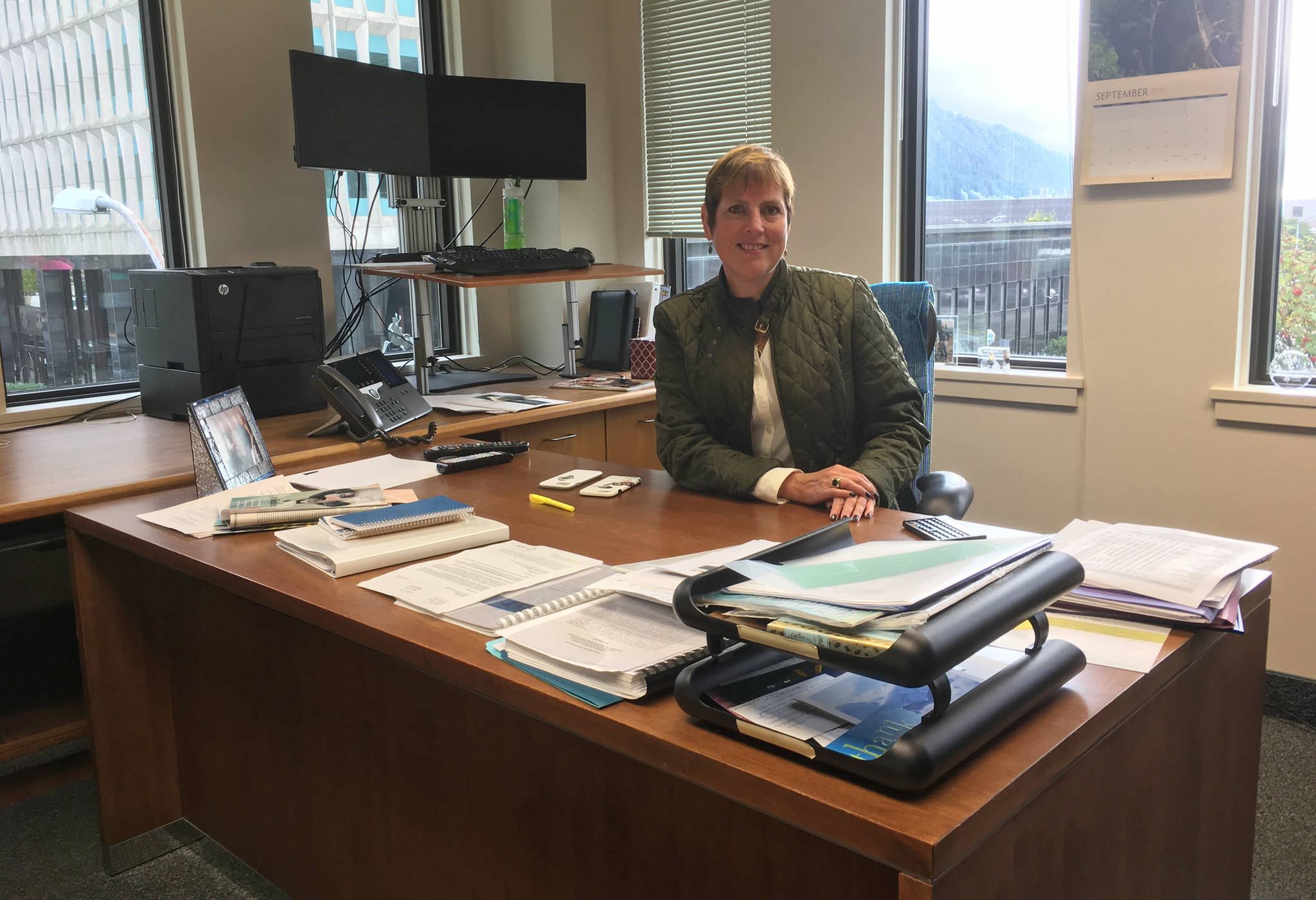The Alaska Permanent Fund’s trustees are putting off advice from the fund’s advisers and staff to lower their expectations.
The decision, made this week at the trustees’ annual meeting in Juneau, has significant implications as the Alaska Legislature prepares to turn to the fund as a solution to the state’s multibillion-dollar budget deficit.
“Where we’re headed is this really slow growth,” Alaska Permanent Fund Corporation executive director Angela Rodell told the Empire in a Friday morning interview.
Currently, the Permanent Fund has a targeted goal. Each fiscal year, it wants to earn a return of 5 percent, plus the Consumer Price Index (a measure of inflation).
In a presentation to trustees this week, consulting firm Callan Associates recommended trustees lower that goal to 4.5 percent. APFC staff agreed with that recommendation.
In the presentation, Callan representatives said investors, including the Permanent Fund, should not expect to see continued significant growth in stocks and other investment markets.
Rather than take up that decision now, the six-member board of trustees deferred a decision until their May meeting, when new figures from Callan will be available.
Rodell said she does not expect the advice to change significantly.
“The 4.5 percent plus CPI is really being driven in its entirety by our expectation of what is going to happen in the capital markets,” she said.
Over the past five fiscal years, the Permanent Fund has averaged a return of 8.94 percent — well above its goal — and has topped $61 billion. Callan says the APFC (and by extension the state) should not expect that rate of growth to continue.
That’s significant because most Alaska lawmakers believe the Permanent Fund will be at least part of the solution to the state’s multibillion-dollar budget deficit.
Earlier this year, the Alaska House and Senate passed different versions of Senate Bill 26, a measure that would use about 5 percent of the fund’s value each year for state expenses. Some would pay a dividend, and the rest would go to things like the Department of Education. The exact amount of the draw hasn’t been determined because compromise legislation hasn’t been finished.
If legislators approve a draw that the fund is unable to achieve, its value will diminish over time.
Furthermore, Rodell said, problems could develop relatively quickly if there’s a major downturn in the economy, as happened in 2008.
Under the Alaska Constitution, lawmakers can’t spend from the body of the Permanent Fund without a constitutional amendment. They can only draw from the earnings reserve, the portion of the fund that collects investment earnings.
The reserve has traditionally been used to compensate for downturns: If a downturn happens, the reserve fills the drop in the body of the Permanent Fund. It acts as a shock absorber. If the Legislature ladens the shock absorber with a steady draw, it isn’t as flexible.
“What I would hope the Legislature could do is that they recognize that,” Rodell said.
This year, the Permanent Fund Corporation at one point had $3.4 billion taken out of investments and available as cash in the earnings reserve because it seemed as if the Legislature might rely on the fund for a portion of the state’s 2018 budget.
That didn’t happen, and the money returned to investments.
If the Legislature relies on the fund without a plan, and even if there is a plan, fund investments will suffer. The fund will be forced to take money out of investments to stay liquid and available to legislators’ appropriations.
The more the state relies on the fund to close the deficit, the bigger the problem will be.
“If we’re providing greater than 50 percent of the unrestricted general fund revenue … Legislators are very careful to say they don’t want us to change the way we’re doing things, but we have to,” Rodell said. “If we’re being relied on to come up with more than 50 percent of the budget, let’s talk about what this really means.”
• Contact reporter James Brooks at james.k.brooks@juneauempire.com or call 523-2258.

